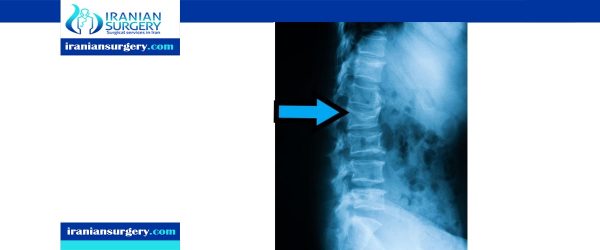

Compression fractures are usually considered stable and do not require surgical instrumentation.

The implications of these compression fractures are related to the stability of the resulting structure and potential for deformity progression. The former distinguishes a compression fracture from a burst fracture. VCFs do not involve the posterior half of the VB and do not involve the posterior osseous components or the posterior ligamentous complex (PLC). This leads to the characteristic wedge-shaped deformity. VCFs by definition compromise the anterior column of the spine, thereby resulting in compromise to the anterior half of the vertebral body (VB) and the anterior longitudinal ligament (ALL). Vertebral compression fractures (VCFs) of the spinal column occur secondary to an axial/compressive (and to a lesser extent, flexion) load with resultant biomechanical failure of the bone resulting in a fracture.
Compression fracture treatment nj full#
See the full User Agreement here.Vertebral compression fractures of the spinal column occur secondary to an axial/compressive load with resultant biomechanical failure of the bone, resulting in a fracture. These advanced diagnostic techniques definitively pinpoint the source of pain.ĭisclaimer: the content of the Website is for general informational purposes only and does not constitute advice of any kind. Testing may include x-rays, MRI and/or CT scans, and electro-diagnosis (EMG).Complete medical history, analysis of your symptoms, and physical examination. Decreased appetite, and sleep disorders.Reduced days of activity, and more days in bed.Reduced ability to take care of yourself or perform your usual work or retirement activities.Reduced mobility, loss of balance, and increased risk of falls.A misaligned spine can also compress your internal organs and cause health problems seemingly unrelated to your spine, such as: When you change your posture to compensate for kyphotic deformity, it can affect how you walk and can strain your back and joints. Each additional spinal fracture increases the spinal deformity, and the spinal curvature can become more pronounced. Just one spinal compression fracture that remains deformed shortens the spine and pushes it forward, adversely affecting spinal alignment. This can lead to increased forward curvature, or kyphosis, the medical term for the visible postural change that people refer to as a “dowager’s hump” or “hunchback.” If a spinal compression fracture is left untreated, the vertebra may heal in the “broken” or “caved in” position. Spinal fractures are most common in postmenopausal women over 55.3 In fact, one in two women over age 50 will suffer an osteoporosis-related spinal fracture.Ĭonsequences of Untreated Spinal Compression Fractures Spinal compression fractures are twice as common as hip fractures and three times more common than breast cancer.

This weakness can be caused by osteoporosis, cancer or benign lesions, and spinal fractures can happen from something as dramatic as a fall, or from simple movements like coughing, sneezing, or turning in bed.Īre Spinal Compression Fractures That Common? A spinal compression fracture (also called a “vertebral compression fracture,” or “VCF”) occurs when the bones in your spine, called vertebrae, get so weak that they fracture and collapse.


 0 kommentar(er)
0 kommentar(er)
